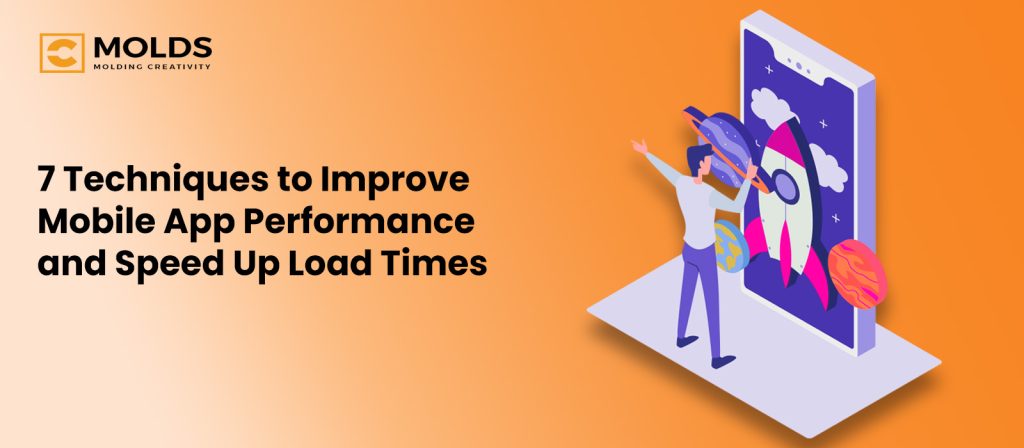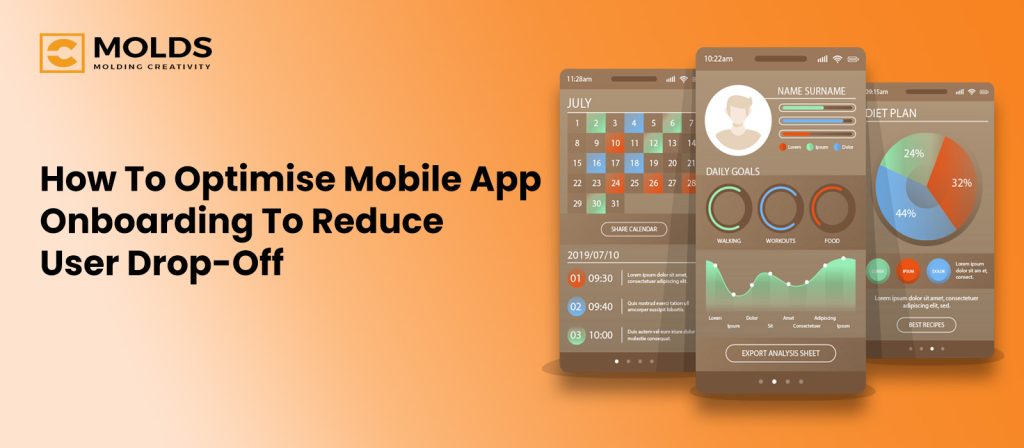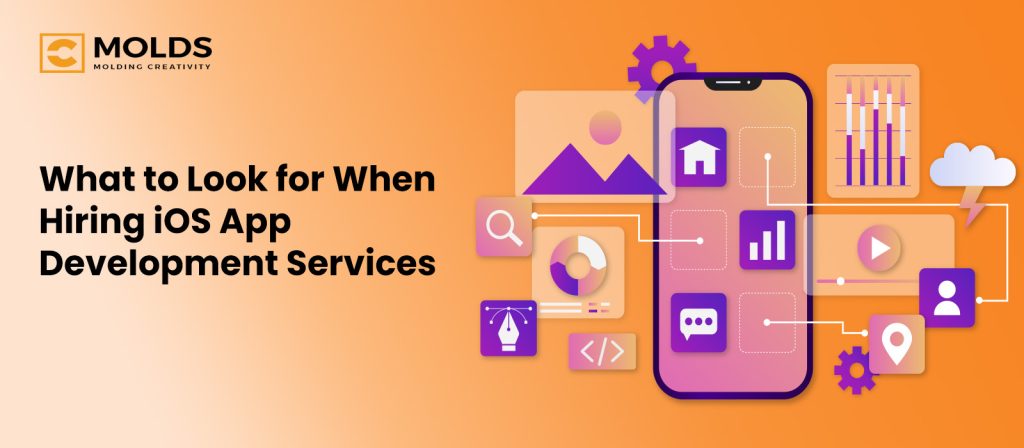As a product development strategist for ten years straight, I have been creating product strategies with a comprehensive market research section. And one thing that stays constant in ALL really insightful market research reports is the competitive analysis of apps.
In my experience, competitor analysis is the most important part of product development. And here’s why:
You have an idea and you develop a mobile app – but a quick competitor check can help you take your app from good to great. While checking your competitor’s strengths and weaknesses, you can chalk down the opportunities and threats for your own mobile app product – fix their gaps, adopt where they shine – and launch a product that is either:
- more economical
- or delivers a better experience.
In simplest terms, competitor analysis of mobile apps help you find that ONE reason why a user should switch from your competitor’s app to yours!
If you too are an aspiring app entrepreneur, building a new product, scaling your existing app, or somewhere in between, here is a no-prep, comprehensive mobile app competitive analysis worksheet with questions to ponder on.
Steal it!
Mobile App Competitive Analysis Step 1: User Experience (UX) and Design
The user experience can make or break the success of your app – that’s why user experience and design analysis is the first step in your competitive analysis. This is the entire look and feel of your competitor’s app. If it sets a good first impression, take inspiration – if not, try to build an app that delivers a better experience.
- check the ease of navigation. Think about screen switching and loading time.
- See if the app gives a balanced level of information to process. Think about information overload and clutter. Does your competitor app maintain ease in this case?
- Assess the visual design elements: check the color schemes and typography used in competitor apps.
- Analyze the use of multimedia content, animations, and transitions to enhance user experience.
- Check for consistency across different screens and sections within competitor apps.
With UX analysis, you can identify areas where competitors excel and then areas where you can outrun them by providing a better experience.
Mobile App Competitive Analysis Step 2: App Features and Functionality
So you start with design analysis and establish a first impression. Now analyze the features and functionalities offered by competitor apps. By looking at the 3 main features, you should be able to understand your competitor’s differentiation and unique selling proposition, goals and core functionalities that set competitors apart. Evaluate how competitors address user needs and pain points through their app features.
- What pain points or problems does your competitor app aims to solve? Does it actually solve the problem?
- Analyze how competitor apps integrate third-party services or APIs, like Stripe or PayPal for online payment?
- Evaluate the range of in-app tools, utilities, or resources provided to users.
- check if there are customization options and user preferences available in competitor apps. For example, offline mode, dark mode, custom push notification settings.
- Rate the compatibility of competitor apps with different devices and operating systems.
Mobile App Competitive Analysis Step 3: Branding
By Step 2, you have already checked if your competitor’s app actually solves the problem it claims to. Now see if their brand communicates the same message.
In this step again, go to their website, check their app content and social media to evaluate how competitors differentiate themselves, communicate their value proposition, and establish brand identity.
- Identify the unique value proposition and key differentiators of competitor apps.
- Evaluate the brand identity, personality, and voice conveyed by competitor apps.
- Assess the market positioning of competitor apps relative to each other (e.g., market leader, niche player).
- Analyze the level of brand recognition – what percentage of target audience already knows about the app.
The best way to conduct a brand test is to go to an online community, find a subreddit on the problem or USP – then talk to people if they’d recommend the app. Analyze the answers to why and why not.
Mobile App Competitive Analysis Step 4: Monetization Strategies
This part of the mobile app competitive analysis tells you about how your competitor makes money with the app. This is where we directly explore the monetization strategies, pricing models, subscription plans, in-app purchases, advertising placements, and other revenue streams.
- Thoroughly check the pricing models adopted by competitor apps (e.g., freemium, subscription, one-time purchase).
- Identify the revenue sources. How is the app earning? Does it sell in-app purchases?
- Does it show ads or promote affiliate marketing products?
- Compare the pricing and value proposition of competitor apps against each other.
- Evaluate user perception of app pricing and willingness to pay based on competitor offerings.
While you can check how the competitor attempts to make money, you have to actually evaluate effectiveness of monetization strategies in sustaining the business growth. This is what actually matters in the long run.
Mobile App Competitive Analysis Step 5: User Acquisition and Engagement
The most important part of the profitable mobile app is the user acquisition model your competitor has put in action. This step helps you investigate how competitor apps attract and engage users. Identify the user acquisition channels used by competitor apps (e.g., organic search, paid advertising, referrals).
- Check if the competitor is offering a specific type of habit loop – for example, reward, trigger etc.
- Assess the user onboarding process and first-time user experience within competitor apps. Does the app have guest sign ups?
- Analyze engagement metrics such as daily active users (DAU) and retention rates for competitor apps.
- Evaluate the frequency and depth of user engagement with app features and content.
Mobile App Competitive Analysis Step 6: Customer Reviews and Ratings
Review customer reviews and ratings of competitor apps on app stores and review platforms. Analyze user feedback, comments, complaints, and suggestions to understand user sentiment, preferences, and pain points. Identify common themes, strengths, weaknesses, and areas for improvement highlighted by users.
- Review the overall rating and distribution of ratings for competitor apps on Google Play store.
- Review the overall rating and distribution of ratings for competitor apps on App Store.
- Analyze trends in user reviews, feedback, and sentiment analysis for competitor apps.
- Identify common complaints, issues, or suggestions raised by users of competitor apps.
- Evaluate responses from app developers or support teams to user feedback within competitor apps.
- Consider the impact of reviews and ratings on the reputation and trustworthiness of competitor apps.
Mobile App Competitive Analysis Step 7: Technical Performance and Stability
In this section, you have to analyze the technical strengths and weaknesses of your competitor’s apps. This part of the analysis will help you understand the user expectations and technical requirements and you’ll be able to set more realistic benchmarks.
- Assess the app loading times and responsiveness to user interactions within competitor apps.
- Evaluate the stability, reliability, and uptime of app servers and backend infrastructure for competitor apps.
- Check the compatibility of competitor apps with different devices, screen sizes, and operating system versions.
- Identify any technical issues, bugs, or crashes experienced by users of competitor apps.
- Scan the app store listing for user feedback and ratings related to technical performance and stability in competitor apps.
Mobile App Competitive Analysis Step 8: Marketing Strategies
In this step, you analyze all the marketing and promotional activities of your competitor to increase the brand reach, increase sales and improve monetization opportunities.
- Check if your competitor app maintains the social media handles.
- Check if your competitor has hired a web development company in Dubai to maintain a web presence.
- Then go to their website and see if they have a newsletter. If yes, subscribe and analyze the tone and quality of content.
- Check competitor’s use of app store optimization (ASO) techniques, such as keyword optimization, to improve app visibility and rankings.
- Check if your competitor is using the community channels like Reddit, Quora and Medium.
- Check if independent review writers or influencers talk about your competitor’s app.
- Identify any unique or innovative marketing tactics employed by competitors to attract and retain users.
Mobile App Competitive Analysis Step 9: Scalability Plans
In this section, you can analyze if your competitor is planning to expand the app business vertically or horizontally. You can gain insights on technical expansion, new market penetration and resource allocation to meet the growing demand. Most importantly, if you have an exact analysis of your competitor’s scaling plans, you can take a step ahead and outrun them!
- Review competitor’s store responses about adding more features or functionalities. This could be as low-scale as a new payment method or as commercial as starting a delivery option.
- Check if your competitor has announced about increasing the capacity of infrastructure by migrating to cloud.
- For expansion, check if your competitor has plans to expand to new geographical locations.
- Check if your competitor is launching additional versions for new devices to meet user demand.
- Then analyze competitor app’s ability to scale its operations, customer support, and backend systems in response to business growth and market fluctuations.
Mobile App Competitive Analysis Step 10: Market Regulations
In this step, you have to check if your competitor has maintained the regulatory compliances the industry demands. For example, all healthcare app developers should acquire a HIPAA compliance license.
- Has your competitor acquired relevant licenses?
- Does your competitor mention any patents or copyrights pending?
Conclusion
So this comprehensive mobile app competitive analysis guide concludes here. It covers all the aspects you will ever need to evaluate and predict the current activities, strategies and moves of your competitors in the mobile app business. If you are looking for an expert product development strategist or a mobile app development company in Dubai to help you skip the hassle and perform on-point FREE competitor analysis – CMOLDS is by your side! Book a FREE 1:1 consultation call with no obligations!
Mobile App Competitive Analysis Worksheet

App Name |
Client’s App |
Competitor App 1 |
Competitor App 2 |
| Category and Rank in Category | |||
| Device and wearable integration | |||
| Price | |||
| Number of Downloads | |||
| Size | |||
| Version | |||
| User Experience | |||
| Navigation – easy or challenging | |||
| Color Scheme and typography style | |||
| Consistency in design – yes, moderate, no | |||
| App Features and Functionality | |||
| List of third-party integrations | |||
| Four most important features and in-app tools | |||
| Customization and personalization options | |||
| Branding | |||
| Value Proposition and differentiation
1. 2. |
|||
| Brand Recognition – Scale of 1 to 5 | |||
| Monetization Strategies | |||
| Free, paid or freemium model | |||
| Data monetization or in-app purchases | |||
| Ads, affiliates and sponsored content | |||
| Commissions and listing fees | |||
| User Acquisition | |||
| Daily Active Users estimated | |||
| Habit loops – rewards, trigger, investment | |||
| Onboarding process – simple or complex | |||
| Customer Reviews and Ratings | |||
| Average Rating on Google Play and App Store | |||
| Common complaint | |||
| Common request | |||
| Technical Stability and Performance | |||
| Frequent Bugs and Crashes | |||
| Data security | |||
| Marketing Strategies | |||
| List of Social Media Channels | |||
| List of Community Platforms | |||
| Website and email newsletter | |||
| Influencer campaigns and B2B partnerships | |||
| Scalability Plans | |||
| Announcements about technical or geographical expansion | |||
| Market Regulations | |||
| Licenses, certifications and compliance documents | |||














